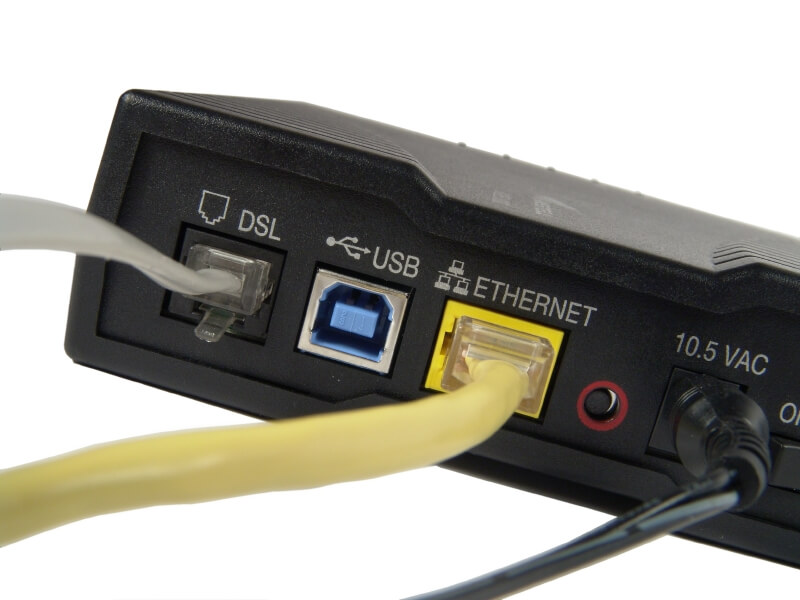
What is DSL?
DSL (Digital Subscriber Link) is a type of high speed internet access that is delivered across the telephone networks. Compared with other Internet-access types DSL offers the best of all worlds with regard to speed, service, connectivity and cost. In most homes in the United States, an ordinary telephone connection jack can be used to plug in to DSL internet access, as long as a filter is used to eliminate any interference on the phone lines. Not all phone companies offer DSL service in every residential area, but there are other non-telephone companies that offer DSL as well. Here’s a closer look at DSL and the pros and cons involved in choosing this type of Internet service.
Symmetrical DSL vs. Asymmetrical DSL
In the world of DSL technology, there are really two main types: symmetrical DSL (SDSL) and asymmetrical DSL (ADSL). SDSL connections are preferred by many people because they provide equal bandwidth for both uploads and downloads. Small businesses are especially fond of SDSL because it is so adept at transferring data. In fact, a typical SDSL connection can support 1.5 Mbps for both uploads and downloads.
ADSL types are the most popular, as they provide more network bandwidth downloading (from Internet provider to home or business computer) than any other DSL type. ADSL connections work by reducing upstream bandwidth, which is advantageous in that it allows users to access more downstream bandwidth. The uploading capacity for ADSL may not be as efficient as the downloading aspect, but for users who are more concerned with downloading and don’t generally have large files to upload, this is acceptable. ADSL uploading can be as high as 5 Mbps or more for downloads (1 Mbps for uploads).
DSL Pros and Cons
There are a number of pros and cons associated with DSL Internet service. One of the biggest pros involves availability. Since its infrastructure is based on existing phone lines, DSL is widely available in most areas. Another pro of DSL is that it usually costs less than other high speed Internet choices like satellite or broadband. DSL is also more secure, offering unparalleled protection from hackers. Another advantage of DSL is that it is very reliable, with fewer Internet service problems than cable broadband and others usually see.
The cons of DSL can be reduced to two basic concerns: speed and performance. Cable broadband, for instance, although less predictable as far as service issues are concerned, is generally faster than DSL, delivering a more timely Internet connection. Another con of DSL is that it can sometimes experience distance-related issues that can affect Internet quality. Essentially, the further away a home is from the main-hub DSL provider, the more prone it will be to service interruptions or Internet speed issues.
Although there are certainly advantages and disadvantages to DSL service, on the whole it delivers a sound Internet service, with several different options based on the needs of the user. If you want Internet service that is accessible, downloads information fast, and proves security from online hackers, then DSL is a good option.
Learn more: